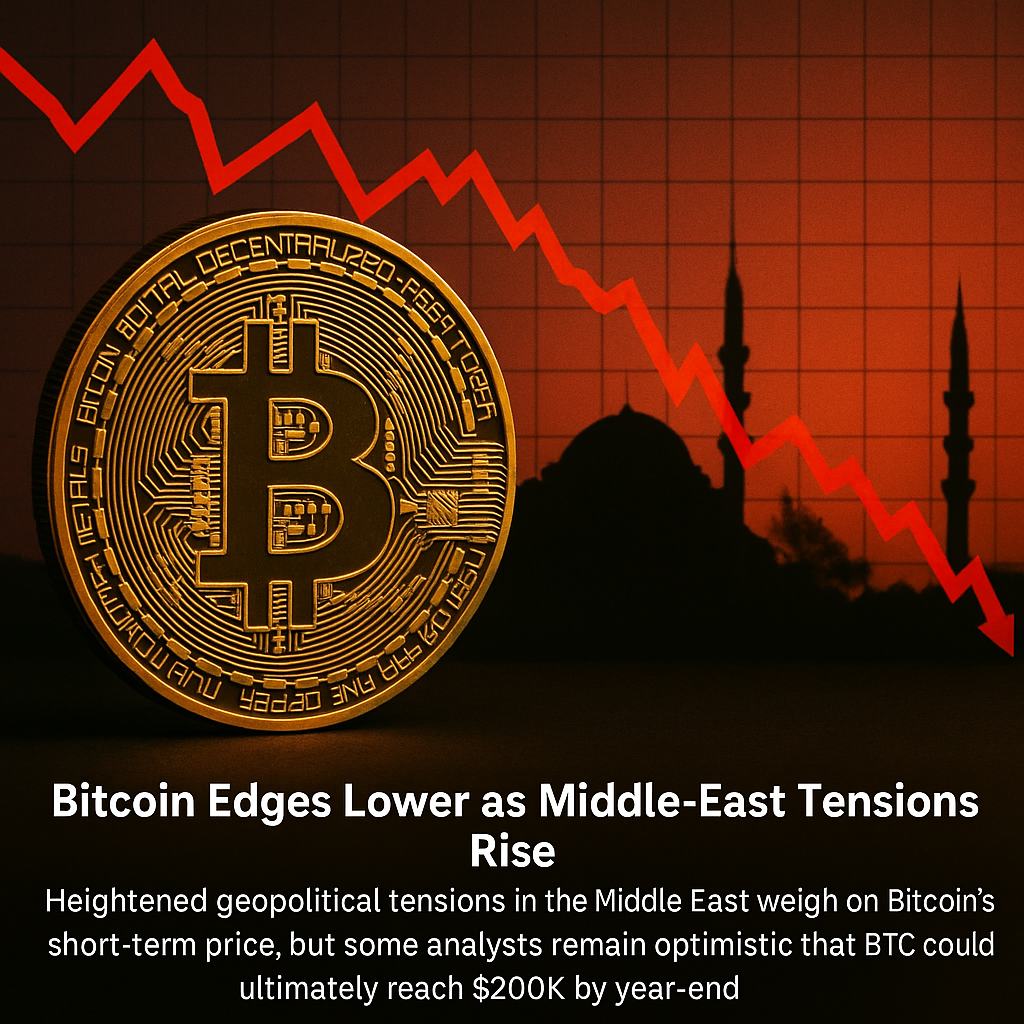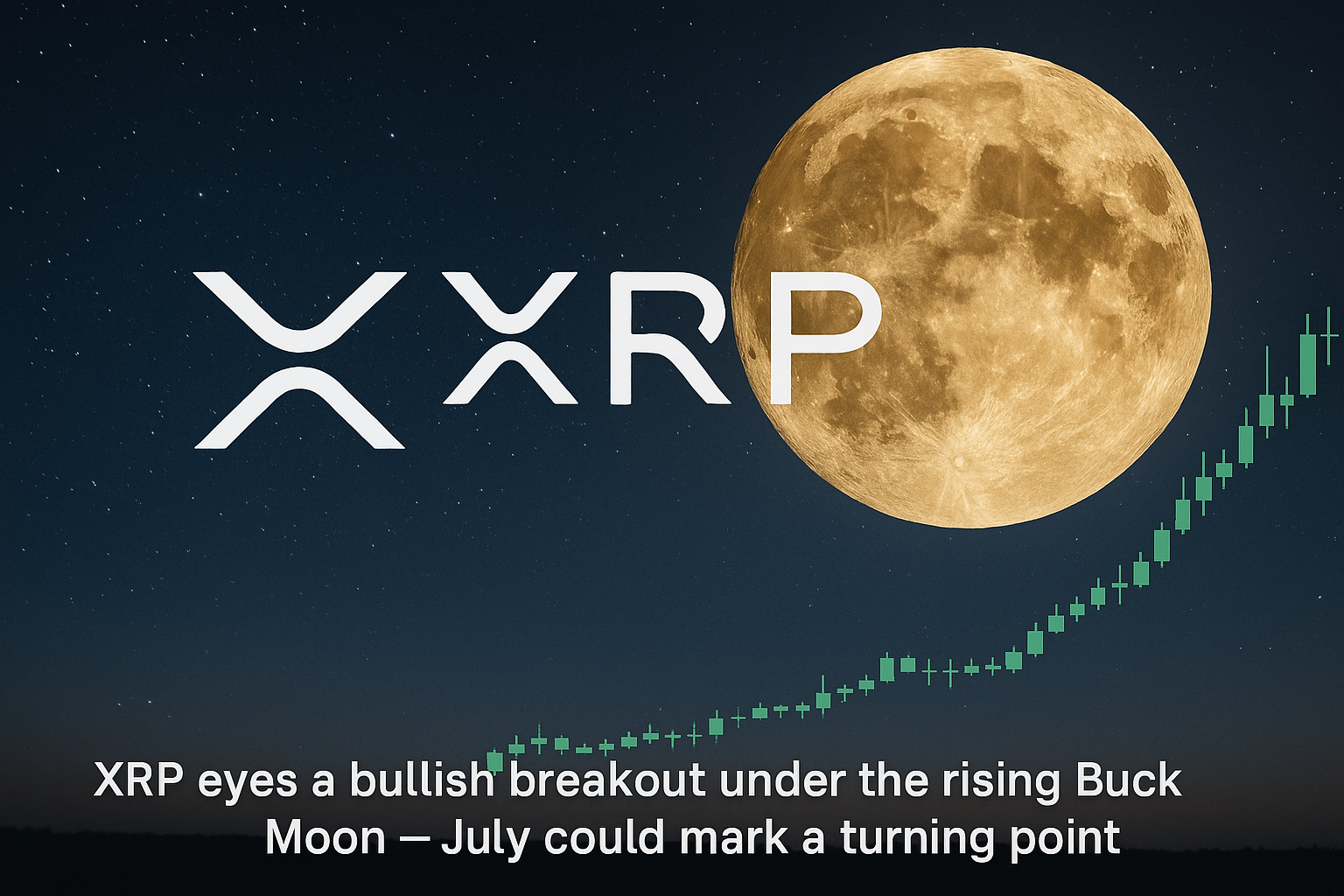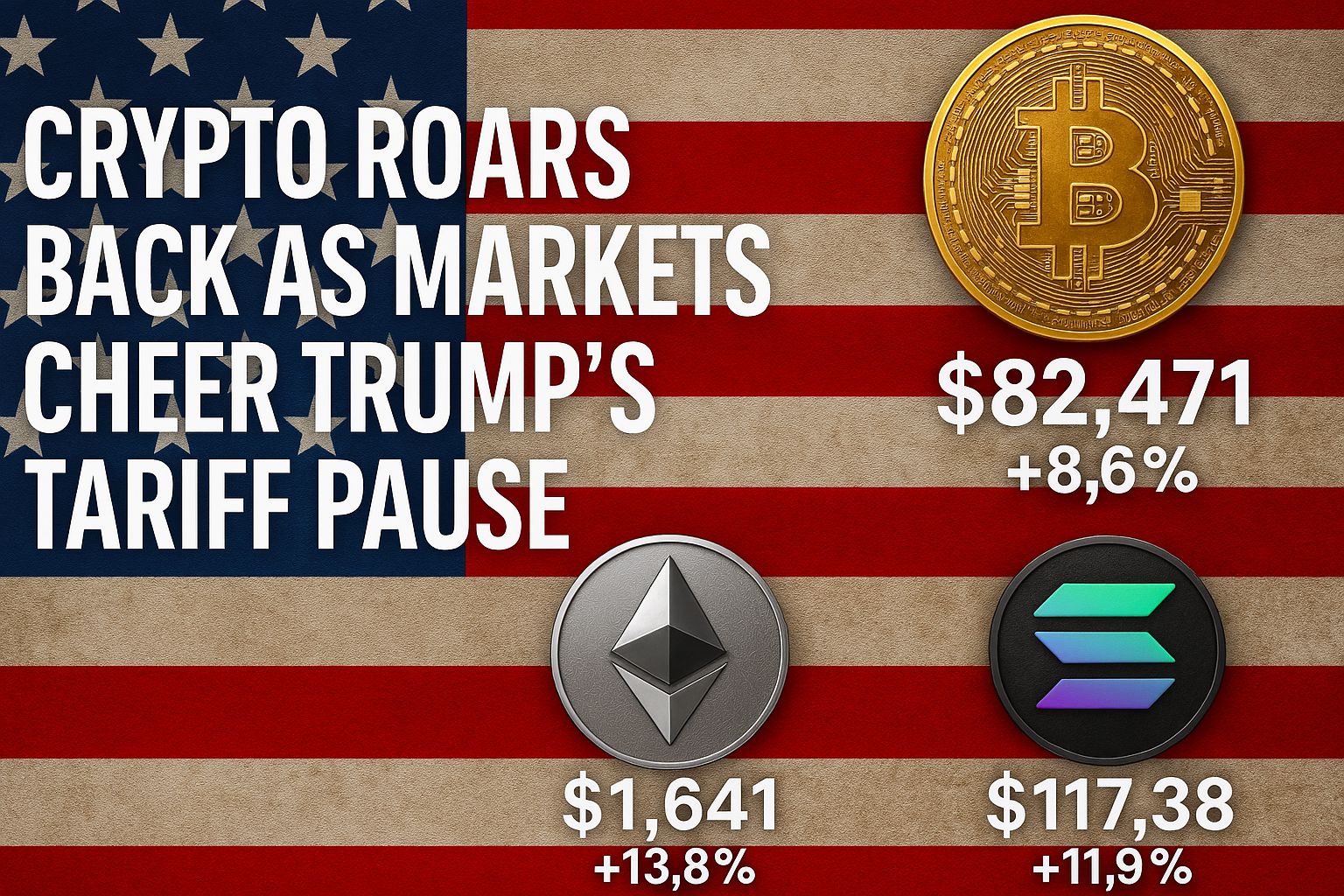In recent weeks, Bitcoin has struggled to maintain its momentum as escalating tensions in the Middle East rattle global markets. The leading cryptocurrency, often viewed as a digital safe haven, has instead seen its price edge lower in response to rising geopolitical uncertainty. This development challenges the narrative of Bitcoin as a hedge against global instability and highlights the complex dynamics between traditional risk factors and the crypto market.
The Impact of Middle-East Tensions on Bitcoin
The Middle East has long been a hotspot for geopolitical strife, and the latest flare-ups have added a fresh layer of uncertainty to already jittery markets. Traditional safe-haven assets such as gold and U.S. Treasuries have seen increased demand as investors seek shelter from potential economic fallout. Bitcoin, however, has not benefited in the same way. Over the past week, BTC prices have dipped as traders reduce risk exposure across volatile assets.
While Bitcoin proponents often argue that the cryptocurrency should behave as digital gold during crises, the reality is proving more nuanced. The correlation between Bitcoin and broader risk assets like equities has grown in recent years, particularly as institutional adoption has increased. As such, during times of heightened tension, Bitcoin can trade more like a high-beta asset rather than a defensive one.
Analysts Stay Optimistic Despite Near-Term Pressures
Despite Bitcoin’s recent softness, many analysts remain bullish about its long-term prospects. Market strategists from major crypto research firms and financial institutions continue to forecast ambitious price targets for BTC by year-end. One popular prediction making the rounds is that Bitcoin could still touch $200,000 in 2025, fueled by growing institutional adoption, increasing demand for spot Bitcoin ETFs, and the continuing narrative of Bitcoin as a store of value in an inflationary world.
These optimistic forecasts are underpinned by several structural factors. The approval and inflows into Bitcoin ETFs have provided a new avenue for mainstream investors to gain exposure to BTC, increasing demand. At the same time, the upcoming U.S. elections, potential monetary easing by the Federal Reserve, and the aftermath of the recent halving event could all serve as catalysts for another major rally.
Navigating Uncertain Times
The interplay between geopolitics and crypto markets is complex. For traders and investors, this means staying informed, managing risk carefully, and keeping an eye on macroeconomic trends as well as crypto-specific developments. While short-term volatility driven by geopolitical tensions may weigh on Bitcoin for now, its long-term trajectory could still be intact if underlying adoption trends remain strong.
As always, the road to $200,000—or any major milestone—is unlikely to be linear. But for those with conviction in Bitcoin’s future, the current pullback might represent an opportunity rather than a reason for panic.




